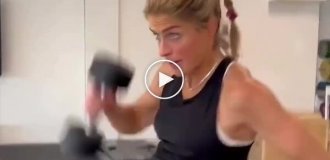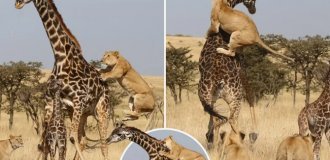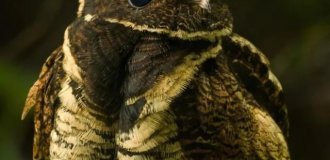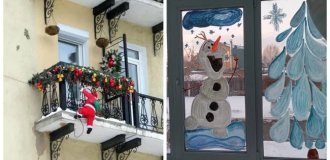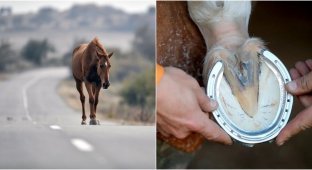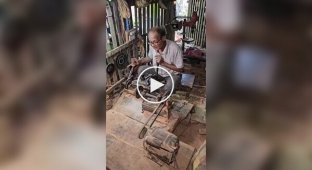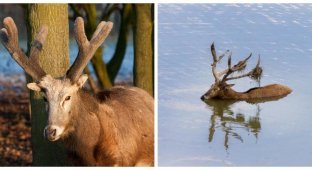Sometimes horns grow directly on the hooves: is this an anomaly of nature or the stupidity of the owners? (7 photos)
Horns grow not only on the head. Any animal with hooves can have them on... their legs. Why do the limbs of horses, goats and sheep curl into a ram's horn? Is this some kind of mutation? Or illness? 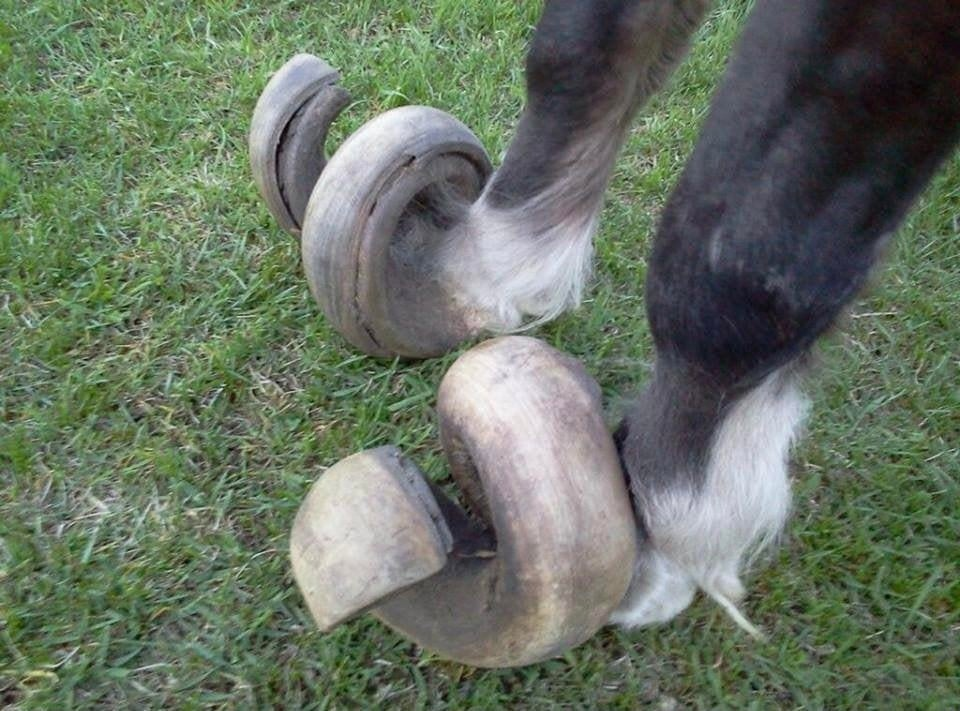
What will I walk on? On your head?
To make it clearer, let’s first understand the structure of the hoof. Its internal part consists of bones, tendons, nerves, blood vessels and connective tissue. All this in adult animals has a constant size and does not grow anywhere. 
It would seem like one solid finger, but so many subtleties!
The outer part of the hoof, the shoe, or hoof horn, is a hard layer of keratin protein. He is responsible for growth! Keratin is the main component for all skin derivatives. Horns, hooves, claws, nails, beaks, hair, wool, scales, feathers, shells, whalebone and even cobwebs - all of this is mostly composed of this protein. 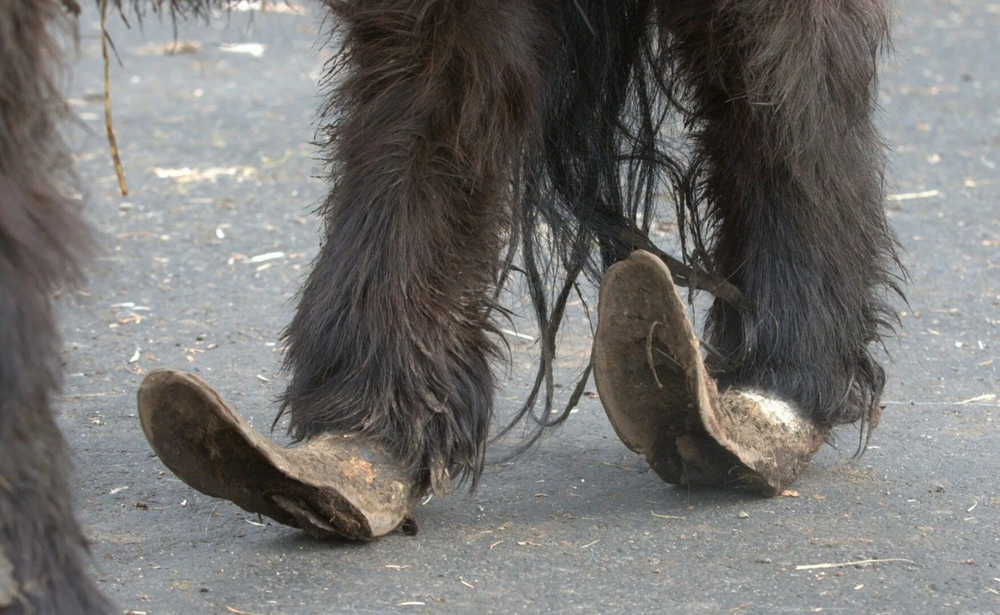
When I arrived from the dacha in my brand new shoes.
So we have found the first reason for excessive hoof growth - structure and composition. The hoof shoe grows constantly, at an average rate of approximately 8-10 millimeters per month. This is almost 3 times faster than our fingernails grow! 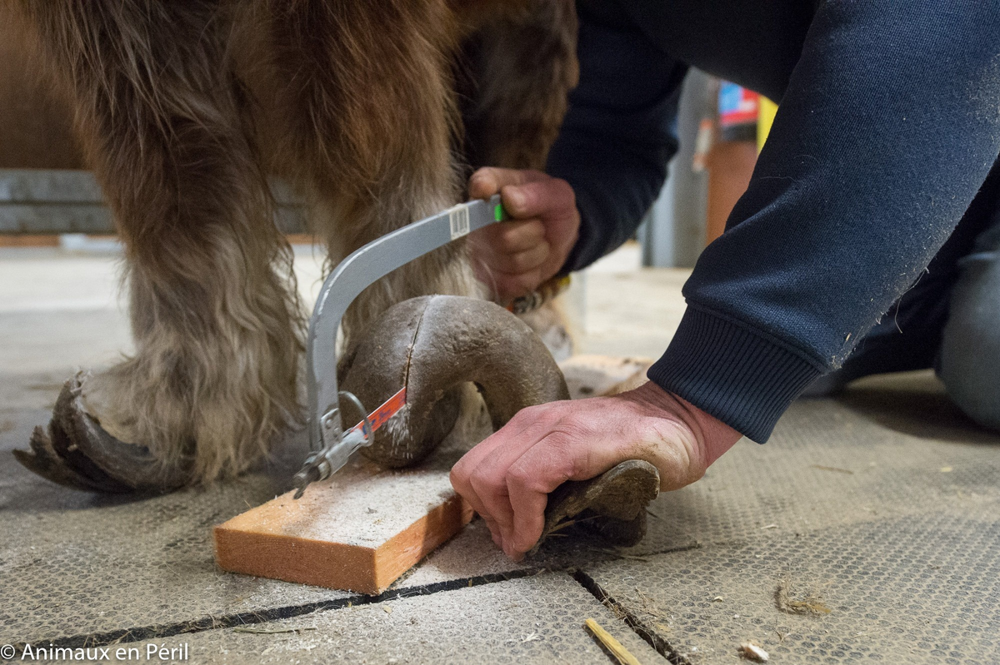
Lena, you can’t handle this with a nail file! Get the chainsaw!
How could nature have miscalculated like this? Obviously, this growth rate is too much - look, some animals’ hooves even turn up! In fact, in the natural environment, horns will never grow on the hooves. It all comes down to the second reason: lack of movement and poor care. 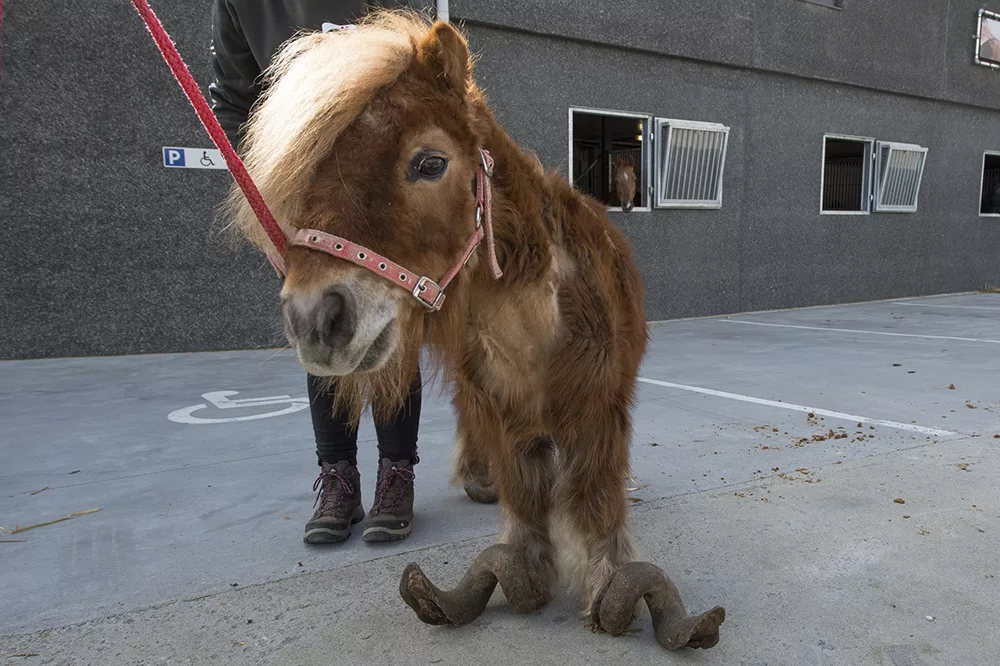
It’s hard to even imagine how uncomfortable it is for such an animal to move.
Hooves are needed to protect the limbs of animals while running and walking on hard ground. During this, the hoof horn naturally grinds down on the ground and stones. This happens with wild representatives of ungulates and with domestic ones when they are kept under normal conditions. 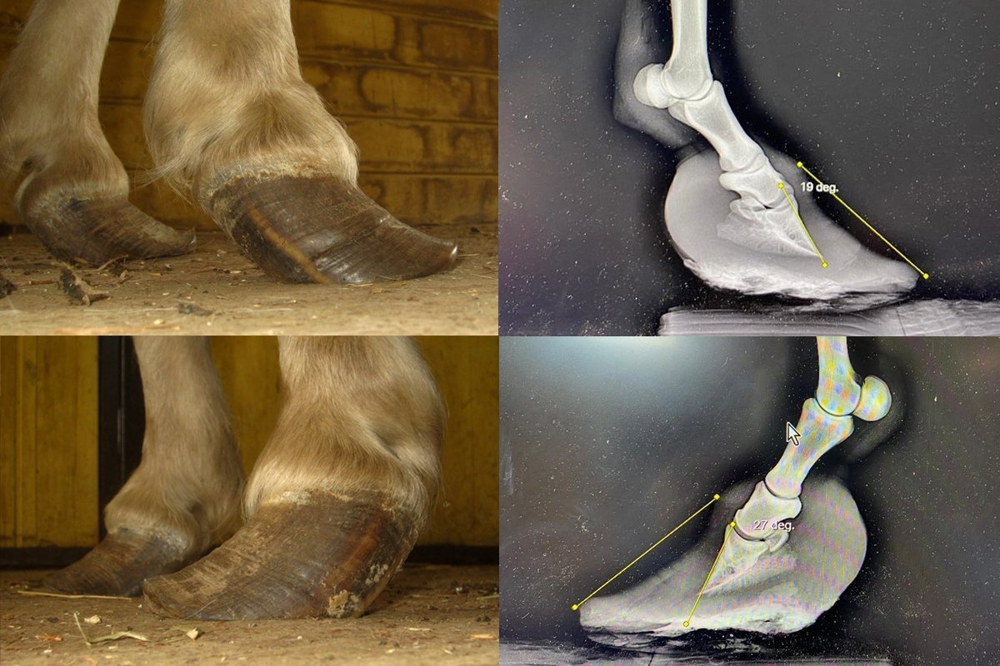
X-rays immediately show how much the overgrown hoof horn is larger than the bones of the hoof itself.
Of course, today not every owner can afford a large paddock and frequent walks. Then hoof trimming specialists come to the rescue. They carry out a kind of hoof treatment: they cut off the overgrown parts, clean the sole, file, polish and, if necessary, attach horseshoes. 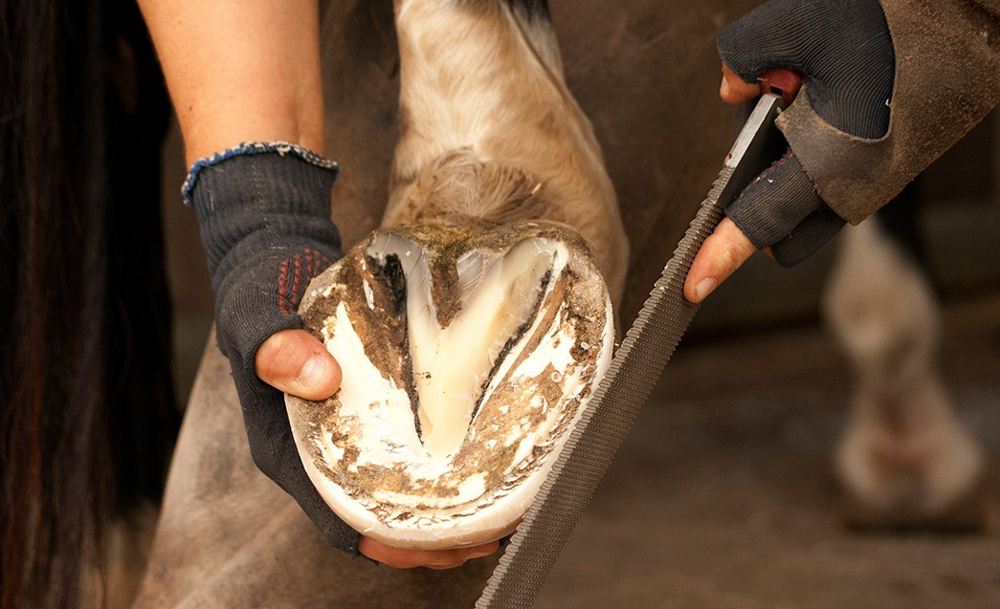
Unfortunately, irresponsible owners neglect all maintenance rules and do not carry out hygienic hoof trimming on time. You can see the results in the photographs - terrible long and curled hooves, which are painful to even look at. Can you imagine what it’s like for the animals themselves to walk on these?





